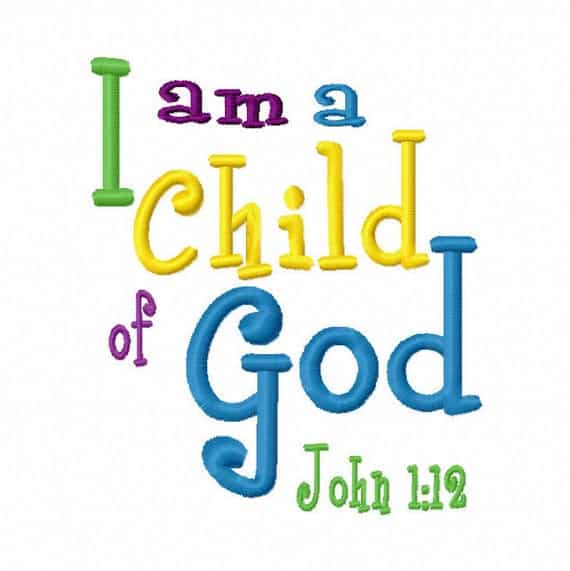Over the last five years, I have been wondering why our society has become less resilient and more prone to be offended.
In the 18th and 19th centuries, the predominant culture in the West was a culture of honor. Honor was something that had to be earned and protected. The classic example of defending honor was through duels. These duels were fought even if the slight that caused the duel was unintentional. Under honor cultures, its members are less likely to appeal to the law for help and more likely to settle disputes themselves.
This culture of honor was displaced by a culture of dignity, where it is assumed that all humans have dignity, which does not have to be earned or personally defended. People socialized into cultures of dignity rely more on a centralized authority to settle major disputes and are more likely to shrug off minor slights that lead to duels in honor cultures.
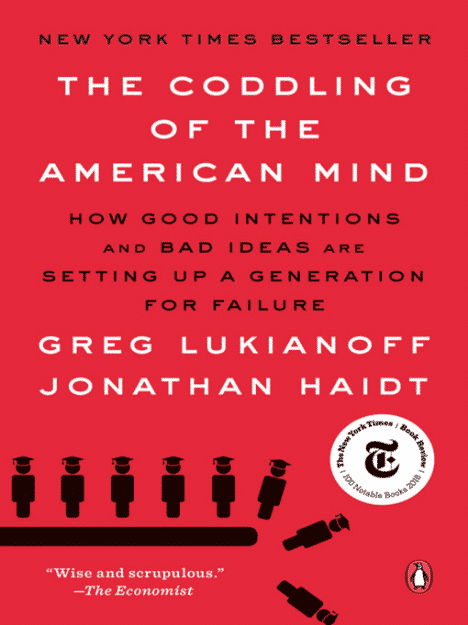
Bradley Campbell and Jason Manning, two sociologists, wrote an extraordinary paper explaining how we are beginning a second transition of moral cultures. The culture of dignity is now giving way to a new culture of victimhood in which people are encouraged to respond to even the slightest unintentional offense, as in an honor culture. But they must not obtain redress on their own; they must appeal for help to powerful others or administrative bodies, to whom they must make the case that they have been victimized. It is the very presence of such administrative bodies, within a culture that is highly egalitarian and diverse (i.e., many college campuses) that gives rise to intense efforts to identify oneself as a fragile and aggrieved victim. This is why, they explain, we have seen an explosion of concerns about microaggressions, combined with demands for trigger warnings and safe spaces, that Greg Lukianoff and John Haidt wrote about in the article for The Atlantic, The Coddling of the American Mind, later expanded into a book of the same name, which I just finished reading.
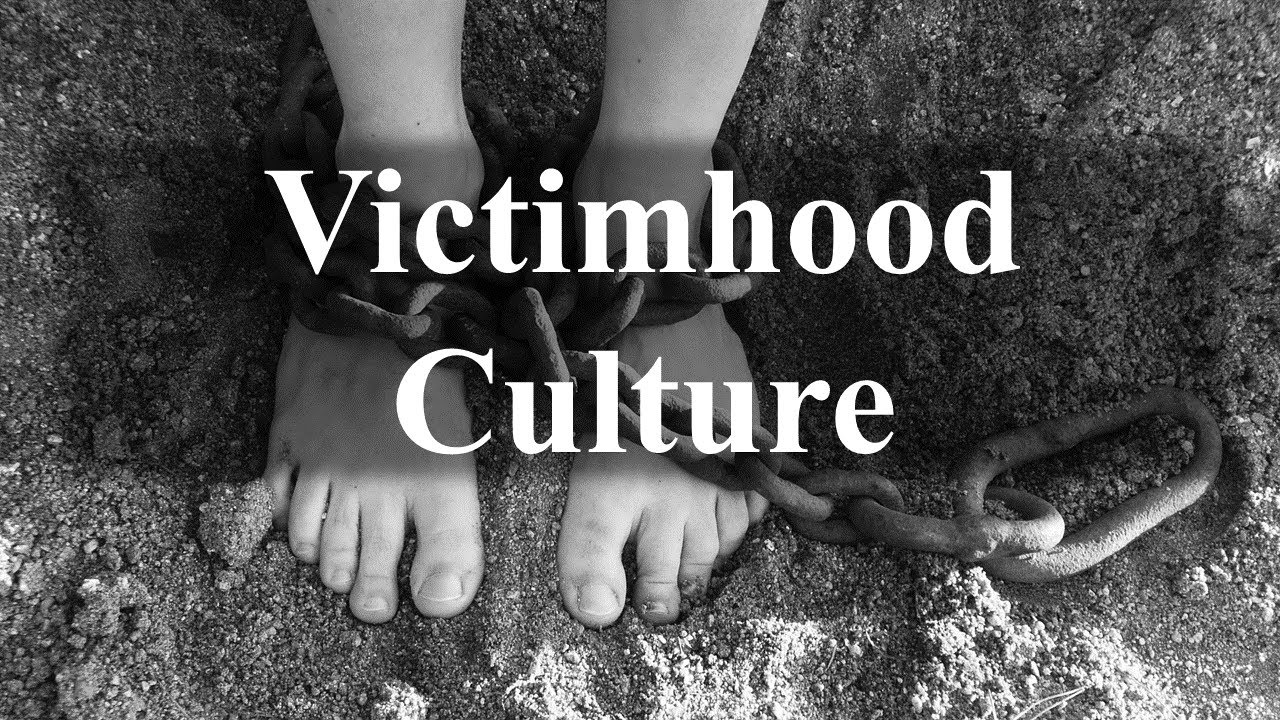
In Campbell and Manning’s words:
A culture of victimhood is one characterized by concern with status and sensitivity to slight combined with a heavy reliance on third parties. People are intolerant of insults, even if unintentional, and react by bringing them to the attention of authorities or to the public at large. Domination is the main form of deviance, and victimization a way of attracting sympathy, so rather than emphasize either their strength or inner worth, the aggrieved emphasize their oppression and social marginalization.
This new culture of victimhood combines sensitivity to slight with appeal to authority. Those who embrace it see themselves as fighting oppression, and even minor offenses can be worthy of attention and action. Slights, insults, and sometimes even arguments or evidence might further victimize an oppressed group, and authorities must deal with them. You could call this social justice culture since those who embrace it are pursuing a vision of social justice. But Campbell and Manning call it victimhood culture because being recognized as a victim of oppression now confers a kind of moral status, in much the same way that being recognized for bravery did in honor cultures.
Campbell and Manning further believe that, like dignity culture, victimhood culture is a moral culture. Campbell explains this further:
Moral concerns and moral emotions inspire these activists. Their behaviors might appear immoral to those who don’t share their moral assumptions, but it would be a mistake to think the activists see it that way, or to think they’re in some way hypocritical or insincere. Recognizing their moral concerns helps us understand better what Greg Lukianoff and Jonathan Haidt call vindictive protectiveness, whereby activists are simultaneously protective toward some people and vindictive toward others. This is not a contradiction, but rather a consequence of seeing the world through the lens of oppression. Just as in an honor culture people show respect for the honorable and disdain toward the cowardly, in a victimhood culture people have empathy for victims of oppression and wrath toward their oppressors.
An evolution of this new culture is that the status comes not just from individual experiences of victimhood but also from one’s identity as part of a victim group. Campbell and Manning explain their concern with the idea that all members of certain groups are victims, but that no one else is:
Activists even argue that whites cannot be the victims of racism, or men the victims of sexism. Likewise, whether people can be victims of new offenses like cultural appropriation or microaggression, depends on their identity. A white person wearing a hairstyle associated with African Americans would be cultural appropriation, for instance, but an African American wearing a hairstyle associated with whites would not be. Likewise, those who have pioneered the concept of microaggression have made it clear that not all slights count. A white male elementary school teacher may experience stereotypes and put-downs, for example, but to call those microaggressions would be a “misapplication of the concept.”
So the moral hierarchy of victimhood culture places entire groups of people at the top or bottom based on the whole group’s victimhood status. And while it’s not always clear which groups qualify, Jonathan Haidt identifies seven groups that are currently treated as sacred: people of colour, women, LGBTs, Latinos, Native Americans, people with disabilities, and Muslims. Under this schema even many minority groups, such as Evangelical Christians, fail to qualify, and any discrimination against them is ignored or celebrated.
We have two problems with this. The first is a fundamental moral objection. We believe in the ideals of dignity culture — that all human beings have an inherent worth and should be treated accordingly — and we object to the new hierarchy of victimhood just as we would any racial and ethnic hierarchy. The second problem is the reactions it may produce. Whites, men, and others who do not have victimhood status are unlikely to accept a new morality and a new moral hierarchy in which they’re at the bottom. And they may end up embracing one in which they’re at the top. We find the recent prominence of alt-right white nationalists alarming, and we worry there will be more of it in reaction to the spread of victimhood culture. It’s a dangerous thing to undermine dignity culture and its ideals of equality.
Victimhood culture has already spread beyond the universities. Corporations and government agencies, even NASA, have begun “Sensitivity” training for their employees. It is interesting to note that the last transition from a culture of honor to a culture of dignity resulted in a large increase in economic growth. In many ways, the culture of dignity reinforced things that are beneficial to economic growth. For example, the rule of law and the ability to trust strangers enough to work with them are both more difficult to implement in cultures of honor. Embracing a culture of victimhood could retard economic growth. To take one example, the process of documenting and aggregating small offenses to punish people will eventually create disincentives for people in out-groups to deal with the in-groups. The simple act of sending a stranger a message will become very risky. Transaction costs increase when every little action is potentially monitored and might lead to being “canceled.”
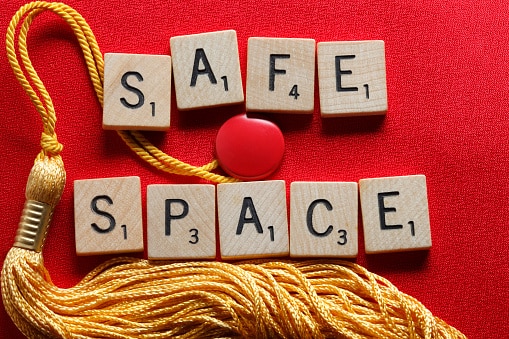
How did we get here? Greg Lukianoff and John Haidt in their book “The Coddling of the American Mind” share research that shows that the origin of this “fragility” has been caused by the extreme protectiveness under which the current generation was raised. In their book, they cite Lenore Skenazy, a journalist graduate of Yale University and Columbia University, who received a lot of notoriety for her 2008 column in The New York Sun, “Why I Let My 9-Year-Old Ride the Subway Alone,” in which she described her decision to let her son take the New York City Subway home alone, which was completed without incident. The piece resulted in a flood of reactions ranging from accusations of child abuse to fond memories of first-time subway trips and childhood freedom. The popularity of Skenazy’s blog led to the creation of the book, Free-Range Kids.
She is now president of Let Grow, where Skenazy’s goal is to renormalize kids doing things on their own. She says this is easiest when whole groups “Let go and Let Grow” together, so the adults don’t feel foolish or fearful taking their eyes off their kids.
Eskenazi summarizes the reasons for the Fragile Generation in this article for Reason magazine:
The principle here is simple: This generation of kids must be protected like none other. They can’t use tools, they can’t play on grass, and they certainly can’t be expected to work through a spat with a friend.
And this, it could be argued, is why we have “safe spaces” on college campuses and millennials missing adult milestones today. We told a generation of kids that they can never be too safe—and they believed us.
This obsession with what Lukianoff and Haidt call “Safetyism” opted by parents to protect our children may be backfiring. Eskenazi explains:
When we raise kids unaccustomed to facing anything on their own, including risk, failure, and hurt feelings, our society and even our economy are threatened. Yet modern child-rearing practices and laws seem all but designed to cultivate this lack of preparedness. There’s the fear that everything children see, do, eat, hear, and lick could hurt them. And there’s a newer belief that has been spreading through higher education that words and ideas themselves can be traumatizing.
How did we come to think a generation of kids can’t handle the basic challenges of growing up?
Beginning in the 1980s, American childhood changed. For a variety of reasons—including shifts in parenting norms, new academic expectations, increased regulation, technological advances, and especially a heightened fear of abduction (missing kids on milk cartons made it feel as if this exceedingly rare crime was rampant)—children largely lost the experience of having large swaths of unsupervised time to play, explore, and resolve conflicts on their own. This has left them more fragile, more easily offended, and more reliant on others. They have been taught to seek authority figures to solve their problems and shield them from discomfort, a condition sociologists call “moral dependency.”
This poses a threat to the kind of open-mindedness and flexibility young people need to thrive at college and beyond. If they arrive at school or start careers unaccustomed to frustration and misunderstandings, we can expect them to be hypersensitive. And if they don’t develop the resources to work through obstacles, molehills come to look like mountains.
Another factor on the shift to victimhood is secularization, which has had a negative effect on having a life of meaning, a moral life. A moral life is based on the Catholic Church’s view of the human person and his dignity. Human dignity refers to the intrinsic and absolute value of the human person for the mere fact that he or she is a person, and not because of his or her race, religion, achievements, age, health, or any other characteristic. As stated in the Catechism of the Catholic Church, “The human person is the only creature on earth that God has willed for its own sake” (CCC 1703).
In the absence of religion – and God – secularists turn to laws and governments for meaning.
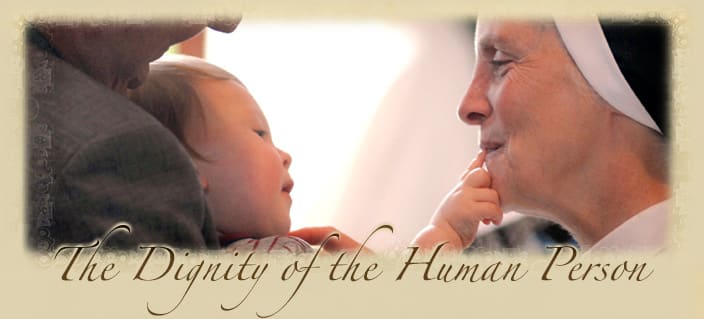
How do we return to a culture of dignity and away from this culture of victimhood? Campbell offers some advice:
Jordan Peterson’s rule #6 isn’t bad practical advice: “Set your house in perfect order before you criticize the world.” So we might start with ourselves. Can we make ourselves less sensitive to slight? Studying ancient wisdom, learning the lessons of cognitive behavioral therapy, or even absorbing some folk knowledge might be helpful. So might searching for sources of involvement and meaning that don’t revolve around a moral hierarchy of identity groups. Can we find better ways of handling our grievances other than venting online or complaining to a bureaucracy? Talking things out is hard. It requires confrontations that many of us would rather avoid. But like anything, if you can force yourself to start doing it, it might get easier with practice.
We might also focus on the epicenter of victimhood culture — our colleges and universities. Do we know how much of state universities’ funds go to administration as opposed to instruction? Do we know how much of that is for the policing of offensive speech and propagating microaggression theory and implicit bias training? Do our legislators know? Maybe we should call and ask — or better yet, get together a group of a half-dozen friends to call and ask. If it were possible to shrink the university bureaucracy — particularly the bureaucracy charged with handling offensive words and images — it would reduce the moral dependency of victimhood culture. It would reduce the incentives to jockey for victim status and increase the incentives for alternative ways of dealing with problems. It might even make people more prone to talk to one another and speak their minds without fear of reprimand.
For many college students, socialization into extreme sensitivity and dependency began before they arrived. There are signs that children and youth — at least from the middle and upper classes — are more sheltered, supervised, and regulated than in decades past, and that they have correspondingly less practice in coping with difficulties and handling conflicts on their own. Supporters of so-called free-range parenting campaign against this, encouraging parents to allow their children unsupervised play and school districts to provide recess grounds with such dangerous equipment as jungle gyms and monkey bars. One might find ways to encourage these kinds of initiatives locally or nationally, such as by raising money for the legal defense of people charged with neglect and abuse for what many of us would consider a reasonable bit of autonomy or schools held responsible for accidental injuries.
And finally, it’s important to combat victimhood culture and to deal with the problems it creates in the universities and elsewhere, but it’s also important to create alternatives to the universities and the mainstream media where serious ideas can be discussed and debated.
I encourage you to heed Professor Campbell’s advice and to remember what St. Pope John Paul II taught: that one’s identity and the dignity it ought to engender, does not depend on having a stock portfolio, a job, a home, or even a college diploma nor on sexual attraction, race, religion, or gender, but upon one’s essence as a child of God.
